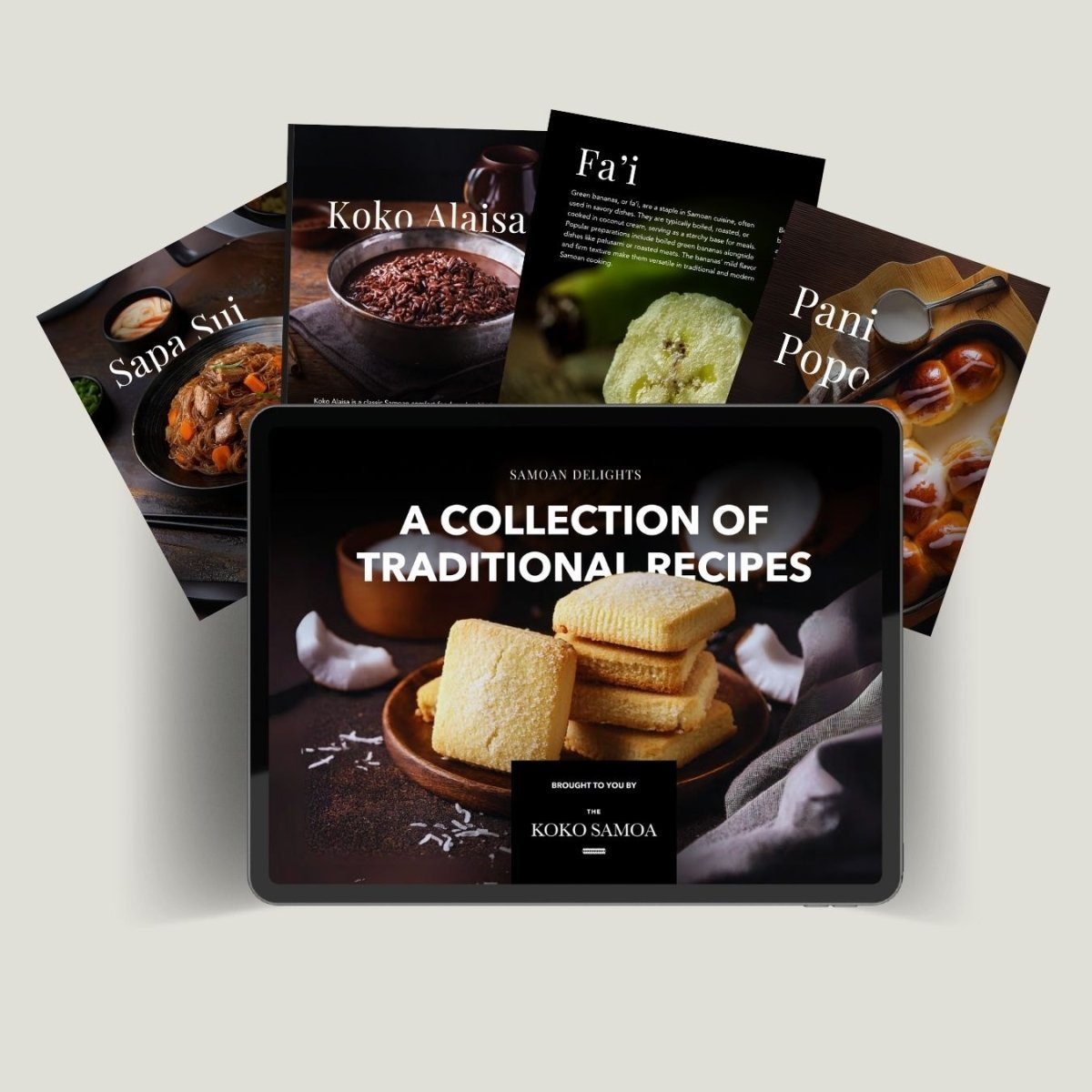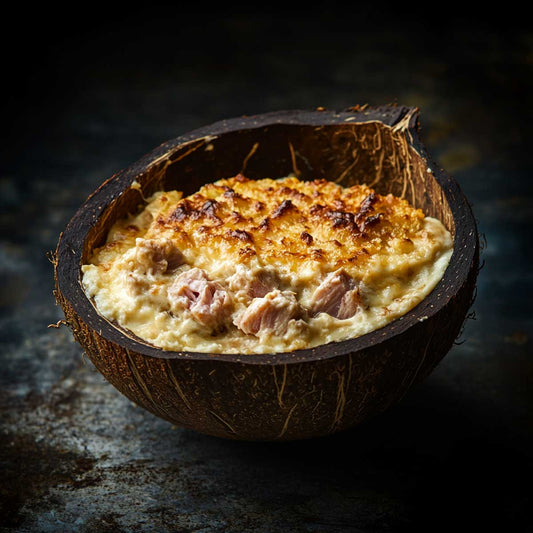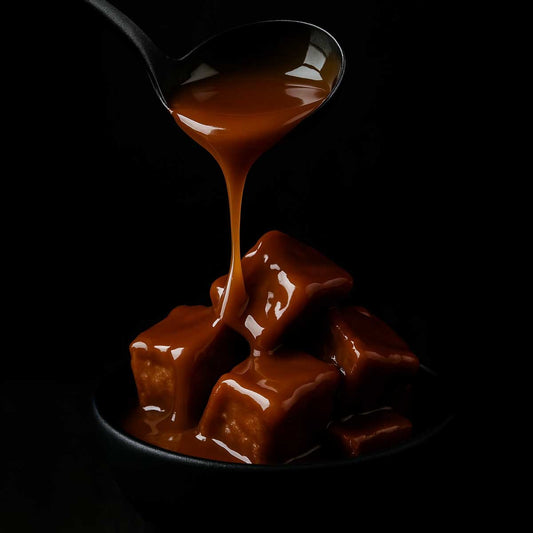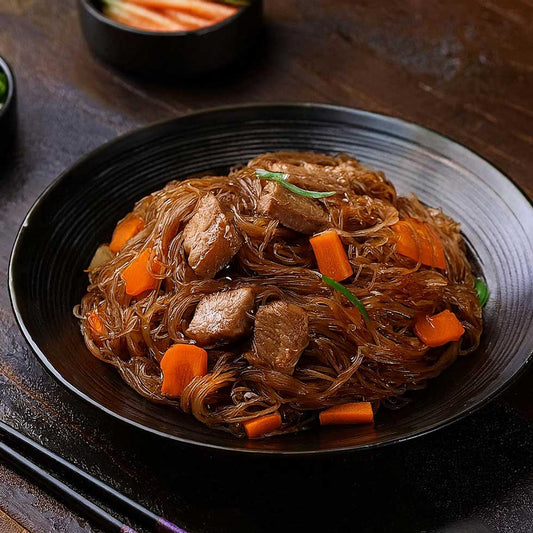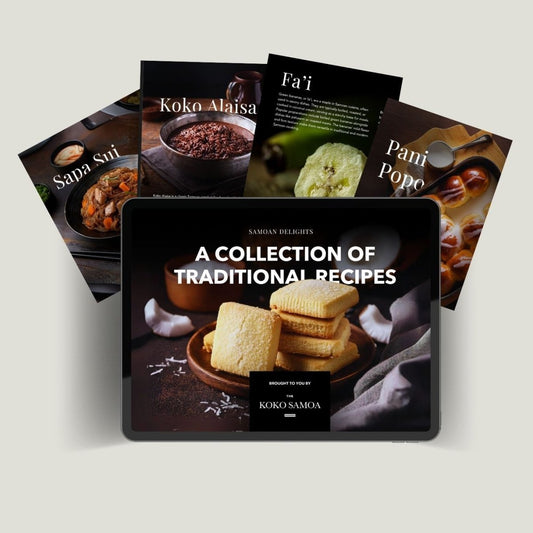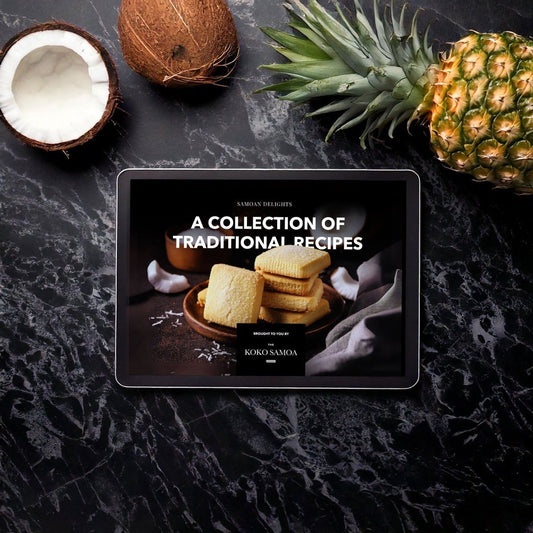How To Quit Coffee

Always seek the advice of your physician or other qualified health provider with any questions you may have regarding a medical condition. Never disregard professional medical advice or delay in seeking it because of something you have read on this website. For professional dietary advice you should always consult a Registered Dietitian (RD), and for diagnosis of a health condition you must see your physician.
While the majority of the research we have to date would support the idea that caffeine, specifically in the form of coffee and tea, can be part of a healthy diet plan and way of life, there are some individuals for which this doesn’t quite hold true for.
Those people, who as much as they attempt, can not appear to manage their caffeine consumption and keep their everyday dosage within safe levels, ought to most likely think about quitting. Those with specific medical conditions may require to give up caffeine.
Whatever your reason for stopping, here are two ways to do so efficiently.
1. Gradually Replace Coffee With Cacao
Cacao is high in Magnesium and other nutrients and is considered a superfood. When quitting coffee you need all the benefits you can get, both physiological and Cacao is high in Magnesium and other nutrients and is considered a superfood. When quitting coffee you need all the benefits you can get, both physiological and psychological. Here are the reasons cacao is the ideal coffee alternative:
Rich in Antioxidants
Cacao contains high levels of flavonoids, which have been shown to boost heart health by reducing cholesterol levels, insulin resistance and blood pressure. Flavonoids are a kind of antioxidant, which protect the body from aging and disease. In fact, in less refined cacao contains up to four times the antioxidants of the highly processed cacao powder you find online and at supermarkets—making it a food with the highest antioxidant score. It has a whopping 95,000 ORAC value per 100gms.
High in Essential Nutrients
Getting more magnesium in your diet will be important when quitting coffee. Cacao is the richest food source of magnesium. Magnesium is important to relieve muscle tension and anxiety—Some studies suggest its the reason why women crave chocolate every month. The cacao bean is also a good source of protein, iron, potassium, essential fatty acids, calcium, chromium, zinc and sulfur.
Reduces inflammation
Chronic and acute inflammation underlies the molecular basis of many chronic diseases. Research has shown that isolated flavanols and procyanidins fractions have can temper the release of inflammatory cytokines and to promote the production of anti-inflammatory cytokines such as interleukin-4 and interleukin-5. This explains why cacao is so beneficial for our heart and overall health.
Skin health
The common myth that chocolate causes or contributes to acne has been reviewed for years. In fact, it has been established that the dairy and sugar component of chocolate is what contributes to breakouts not the cacao content. In dermatology, a cacao skin care product has many benefits for our skin including improved circulation and hydration.
Boost mood
The amino acid tryptophan is found naturally in cacao. It helps to enhance relaxation, boost mood and promote better sleep. This effect has been attributed to the conversion of tryptophan from cacao into serotonin and the presence of some compounds in cacao that alleviate mood, thereby protecting against depression. Enhanced alertness and focus has also been associated with cacao consumption.
Some of the rarest cacao in the world is found in the Pacific Islands. It is that cacao which has the fine flavour and characteristics that was responsible for Samoan cacao achieving a premium price over bulk cocoa. The nutrient dense volcanic soils of Samoa add to that rich tapestry of nutrients making cacao a coffee alternative both your body and brain will love. We’ve created cacao products like our single-serve Drinking Cacao (Affectionately called Koko Samoa), cacao nibs and cacao husk tea - all of which helps minimise withdrawal symptoms, and reduce the difficulty when quitting coffee.
If having a hot beverage in your hand is as much psychologically rewarding as it is physically, Koko Samoa is your best friend. Drinking cacao is a called many things in many cultures, but the practice of pure organic cacao beverages is ancient. With it, you can systematically decrease your coffee consumption over a 21 day period or longer.
This allows your body to slowly adjust to having less caffeine instead of stopping simultaneously which is a big shock to your system.
THE STEPS
The method involves gradually reducing your caffeine consumption over the duration of 21 days.
1. Determine your current level of caffeine use.
You can do this by milligram or by product. For the majority of people, it will be easier to do this by cups consumed, because beverages like coffee and tea can vary in caffeine content.
Example:
Lisa discovered that on average she usually has 2 coffees a day. Once in the morning, and once after lunch.
2. Mix one of the coffees or replace
Example:
The next day Lisa consumes both of her usual coffees but for her second cup in the afternoon, she has half coffee, half Koko Samoa. It tastes like chocolate so is similar to a mocha.
3. Keep cutting down as you re-adjust
Example:
Lisa on the 6th day only has one cup of coffee in the morning and a cup of Koko Samoa in the afternoon.
4. Continue until you’ve completely replaced coffee with cacao
Keep in mind:
If you find that this decrease is too drastic and you are experiencing headache and/or other withdrawal signs you may require to utilize an even more gradual method. The gradual technique can enable an individual to quit caffeine without the debilitation caused by the cold-turkey method.
2. The Cold Turkey Method (Not Recommended)
Most people rely on this approach first since it’s cheap and looks like the most rational method to stop caffeine. This approach comes with a big price if your time and peace of mind are worth anything to you.
This method includes suddenly stopping the usage of all caffeinated items. This, however, is not as simple as it appears.
Cautious planning ought to be included, as stopping caffeine quickly can be rather devastating. Giving up before taking this into factor to consider can have a huge effect on both your work and your social life.
We suggest that you begin your detox at the beginning of a long weekend or at the start of a period where you do not have many duties. The withdrawal signs can certainly put even the very best of us out of commission for a few days if not weeks.
Typical Caffeine Withdrawal Symptoms
- Headache.
- Sleepiness.
- Irritability.
- Lethargy.
- Constipation.
- Depression.
- Muscle Pain/Stiffness.
- Lack of Concentration.
- Flu-like Symptoms.
- Insomnia.
- Nausea.
- Anxiety.
The two signs that are, maybe, the most difficult are the serious headache and the drowsiness. The majority of non-prescription painkiller do little to ease a caffeine withdrawal headache and no matter how much rest you get, an individual detoxing from caffeine can’t shake the sensation of being unmotivated and exhausted.
Many people choose this approach without even thinking about whether there might be a better method. Truly heavy caffeine users can feel ill and ineffective for weeks with the cold turkey technique and this can greatly impact your task performance and your ability to be a good moms and dad, partner, and buddy.
If you’re wishing to prevent a truly tough and agonizing withdrawal from caffeine, you might wish to think about the alternate approach.
While the process may take a little longer and may need a little bit of self-control, for the most part, most of the withdrawal signs will be moderate. Plus, you will still be able to be efficient and avoid putting stress on your relationships because of your irritability and absence of energy.
